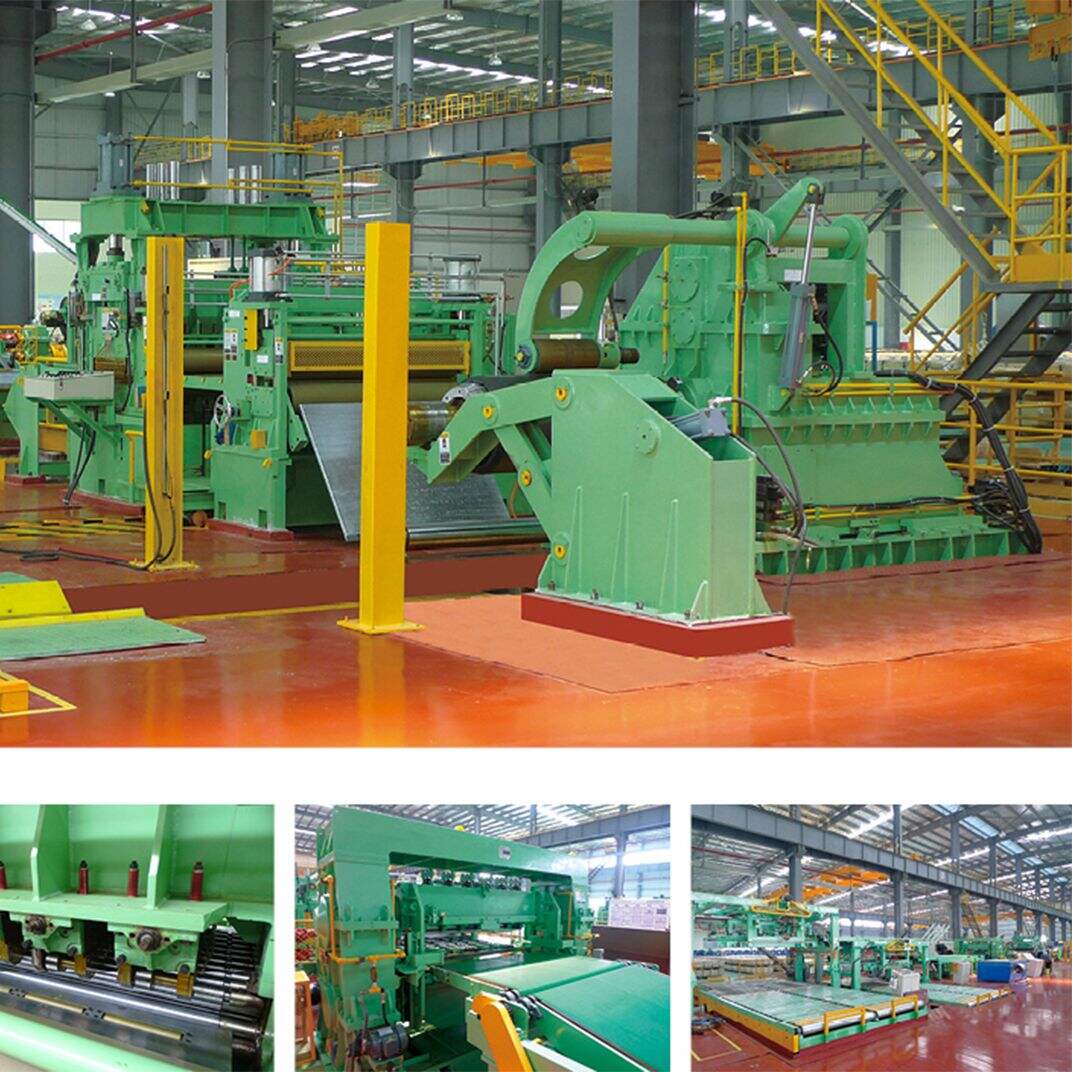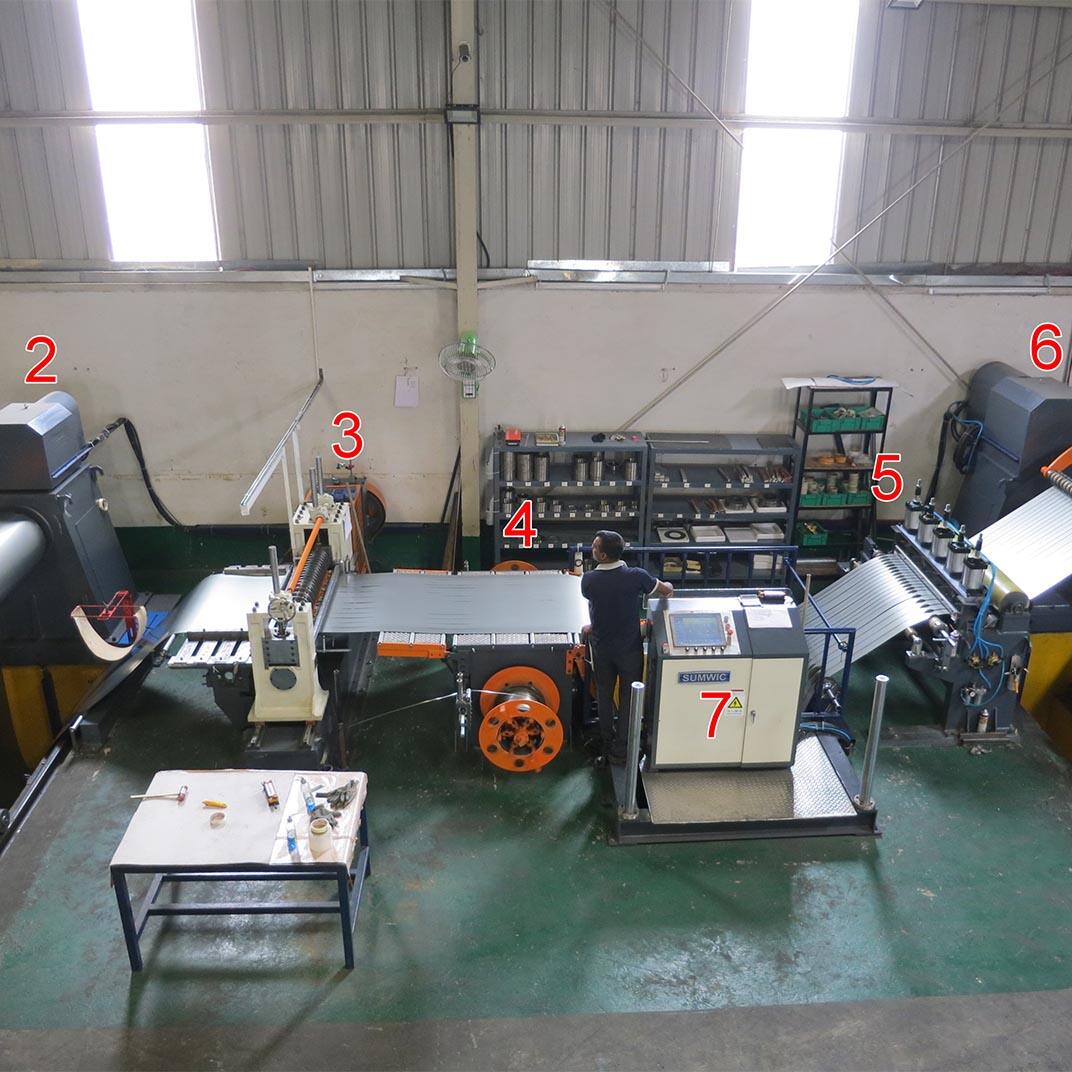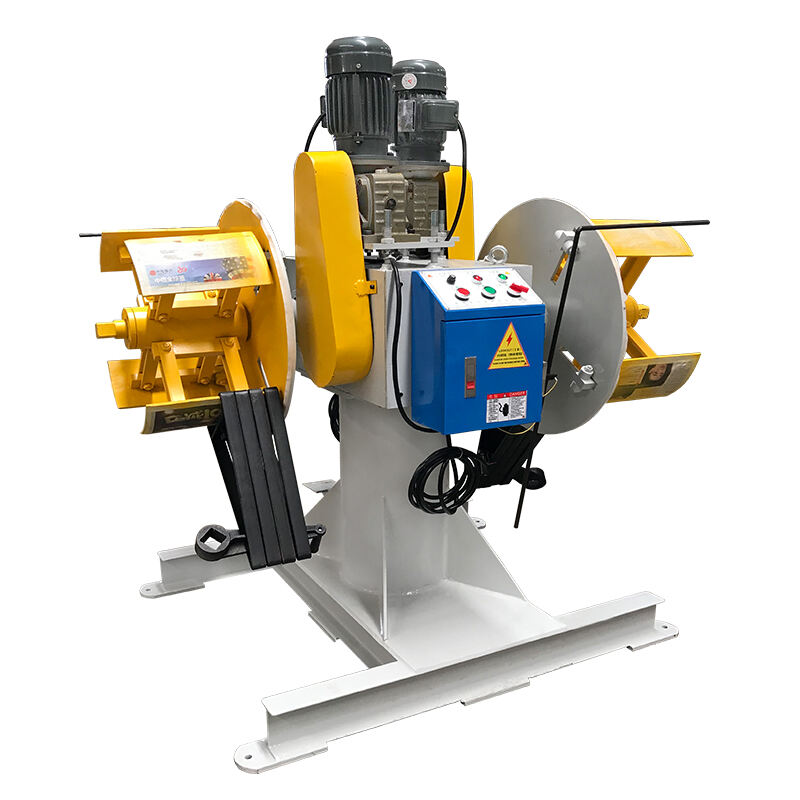Have you ever wondered how metal cans are made, or how car parts are made, or even how buttons are made? A high-speed power press is one such vital machine, which helps in making these things. Here at Lihao, we never stop thinking about how to further improve the high-speed power presses that manufacture so many of the products you and I use every day.
One major benefit of using a high-speed power press is the potential to produce products fast and with ease. That’s why companies can make a lot of things quickly. In addition, high-speed power presses are highly accurate, which means that each product is produced with the same method, you can get consistent quality.
The technology of high-speed power press has a broad and deep impact on multiple industries. In the automobile industry, for instance, high-speed power presses are used to fabricate parts for automobiles, trucks and other ve hicles. High-speed power presses are used in the food industry to make the cans or packaging that many products come in. Without high-speed power press technology, we would not have many of the items we use every day.

The New Product Developments High Speed power press.setProgressive tooling press upto 300 Ton.Auto blanking line upto 300 tons / 200 cycles per min Press line.

At Lihao we are constantly developing our high speed power presses. One of the most recent upgrades we’ve done is investing in state-of-the-art software that guides the press as it operates. This ensures that the product is of the highest quality. We are also constantly exploring and experimenting the new material and new technique to improve the performance of our high-speed press more stable and reliable.

There are a number of great things about using 220 ton press brakes products. Being able to make a lot of things quickly is one of their greatest strengths. This is a way for companies to save time and money. Furthermore, high speed presses are quite versatile and the products they make can differ widely. That means companies can use them for many of their manufacturing needs, from small parts to large pieces.